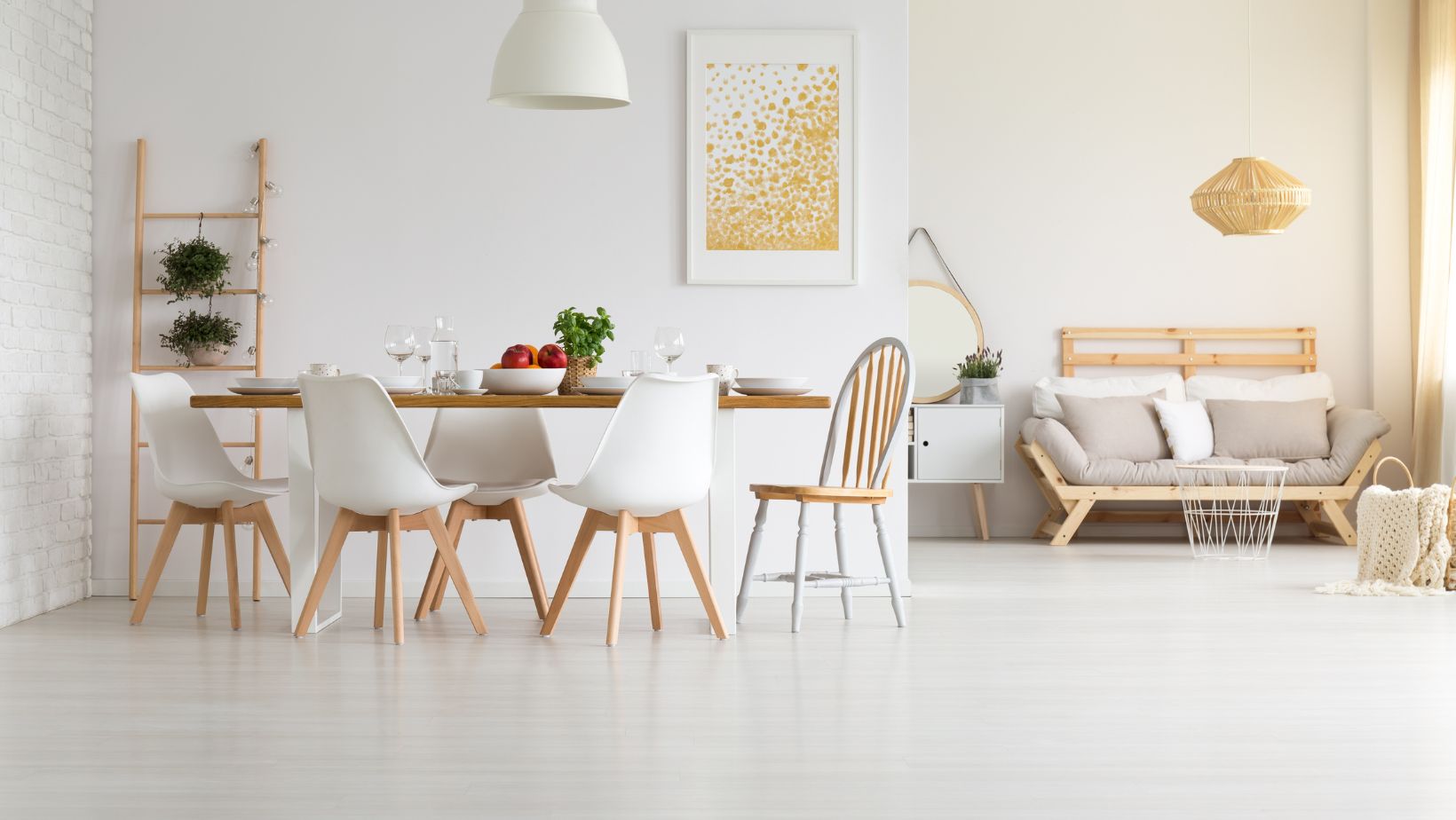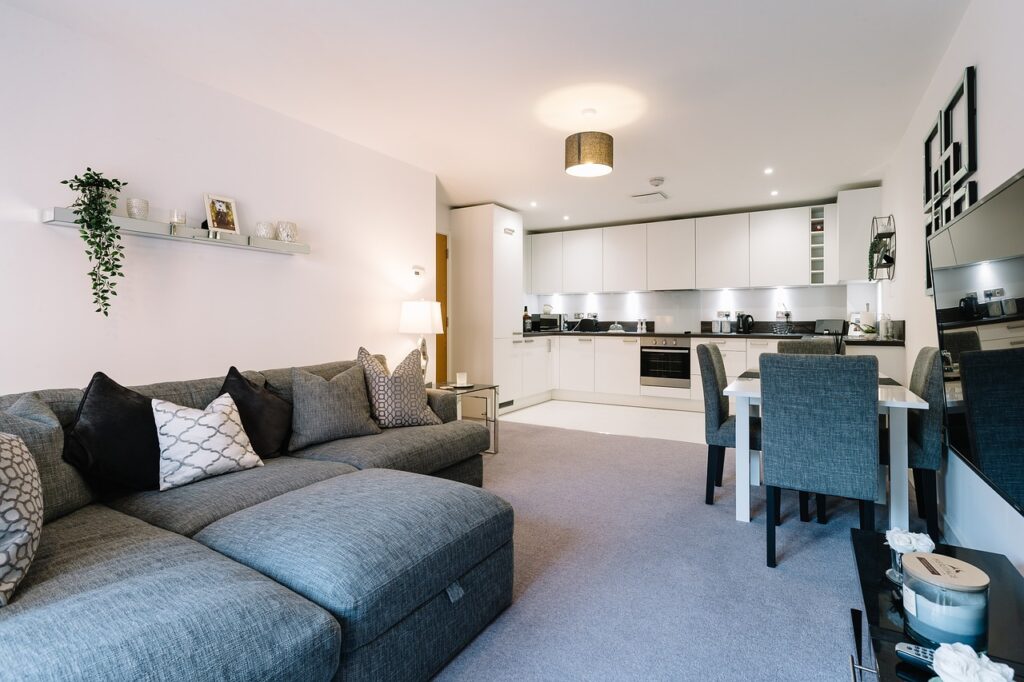Minimalist home design is more than just a trend—it’s a lifestyle choice that emphasizes simplicity, functionality, and a clutter-free environment. Originating from the minimalist art movement of the mid-20th century, this design philosophy has evolved into a popular approach for creating serene and stylish living spaces. Embracing minimalist design can transform your home into a peaceful sanctuary, offering a break from the chaos of modern life. In this article, we’ll explore the core principles of minimalist design, practical tips for implementing them, and how to maintain the essence of minimalism in your home.
Embracing Simplicity: The Core Principles
At the heart of minimalist home design is the principle of simplicity. This approach involves stripping away excess and focusing on essential elements. Minimalism advocates for clean lines, open spaces, and a restrained color palette. To achieve this, start by evaluating your space and identifying items that serve a functional purpose or bring you joy. Furniture should be streamlined and practical, avoiding ornate details and excessive ornamentation. Opt for quality over quantity, choosing pieces that are not only aesthetically pleasing but also serve a specific function. For instance, a sleek sofa with built-in storage can both complement your minimalist aesthetic and provide practical solutions for clutter.
Practical Tips for Implementing Minimalist Design
Implementing minimalist design requires thoughtful planning and organization. Begin by decluttering your space, keeping only items that are truly necessary or have sentimental value.

Storage solutions play a crucial role in maintaining a minimalist environment. Consider built-in shelves, under-bed storage, or multi-functional furniture to keep your belongings out of sight and organized. When it comes to color schemes, stick to neutral tones like white, beige, or gray, which can make your space feel more expansive and serene. Adding subtle textures, such as a soft wool rug or a linen throw, can introduce warmth and depth without disrupting the minimalist aesthetic.
Maintaining the Essence of Minimalism
Once you’ve established your minimalist design, maintaining it is key to preserving its impact. Regularly reassess your space and belongings to ensure that clutter doesn’t accumulate. Adopting a “one in, one out” policy can help keep your home from becoming overwhelmed with new items. Additionally, be mindful of the quality and longevity of the items you choose to bring into your home. Invest in well-crafted, durable pieces that will stand the test of time and continue to support your minimalist lifestyle. Incorporating elements like natural light and greenery can also enhance the calming atmosphere of your space, adding a touch of life while maintaining simplicity.
Choosing Minimalist Decor: The Role of Picture Frames
In minimalist home design, even decorative elements must align with the overarching theme of simplicity. You should know that picture frames are a subtle yet effective way to incorporate personal touches while maintaining a clean and uncluttered look. Opt for frames with sleek, unobtrusive designs that complement the neutral color scheme of your space. Choose frames in materials like metal or clear acrylic, which can blend seamlessly with your décor and avoid drawing excessive attention. When selecting artwork or photographs for your frames, consider a curated approach—display a few carefully chosen pieces rather than overcrowding your walls. This technique enhances the minimalist aesthetic by highlighting each piece individually, ensuring that your home remains both stylish and serene.
Incorporating Natural Elements for Balance
Incorporating natural elements is essential in maintaining the balance and tranquility of a minimalist home. Plants are a perfect addition, offering a touch of nature that contrasts beautifully with clean, straight lines. Opt for low-maintenance indoor plants like succulents or snake plants that require minimal attention while adding a pop of green. Choose simple, unadorned pots that align with your minimalist style. Additionally, natural materials such as wood or stone can be used sparingly to add warmth and texture. For instance, a wooden coffee table with a simple design or a stone vase can serve as focal points without overwhelming the space.

By integrating these elements thoughtfully, you enhance the minimalist aesthetic while creating a more inviting and balanced environment.
The Importance of Lighting in Minimalist Design
Lighting plays a pivotal role in minimalist home design, influencing both the ambiance and functionality of your space. Emphasize natural light by using sheer curtains or blinds that allow sunlight to flow freely. For artificial lighting, choose fixtures with clean lines and simple designs that complement the overall aesthetic. Recessed lighting or slim pendant lights can provide ample illumination without detracting from the minimalist theme. Consider incorporating dimmable options to adjust the lighting according to the time of day or activity, enhancing both comfort and versatility. Proper lighting not only highlights the key features of your minimalist design but also contributes to a serene and welcoming atmosphere.
Minimalist home design is about achieving a harmonious balance between form and function. By embracing simplicity, incorporating thoughtful storage solutions, and selecting decor that aligns with the minimalist ethos, you create a space that is both aesthetically pleasing and functional. Natural elements and strategic lighting further enhance the serene environment, making your home a tranquil retreat from the hustle and bustle of everyday life. With careful planning and mindful choices, you can achieve a minimalist design that reflects your personal style while providing a peaceful, clutter-free living space.
